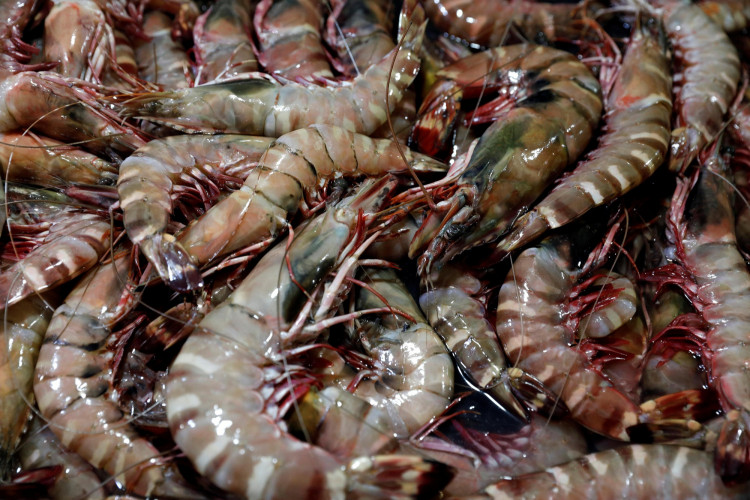As China's food industry continues to respond to the devastation caused by the African swine fever crisis, another virus is now threatening to further cut food supplies. According to local media reports, a mysterious new virus is now decimating aquaculture farms across the nation, killing millions of shrimp and threatening the livelihood of tens of thousands of shrimp farmers.
Farmers are now beginning to fear the worst as the virus continues to spread throughout the southern province of Guangdong. Local farmers claim that the virus has so far affected about a quarter of the region's shrimp production. If it continues to spread, the disease could wipe out a massive portion of the supply of one of China's favorite seafood on a similar scale to the African swine fever epidemic.
The virus, called the Decapod iridescent virus 1, was first detected back in 2014. Famers have mostly managed to keep the infections at bay but the virus had returned with a vengeance in February this year. The virus, which is not harmful to humans, has a high mortality rate.
Shrimp farmers have stated that the effects of the virus on their ponds have been devastating. It reportedly only takes two or three days after detecting the virus for an entire pond of shrimps to be wiped out. Infected shrimps typically turn red and their shells slowly soften right before they sink to the bottom and die.
The disease reportedly affects all kinds of shrimps, from the Pacific white shrimp to giant freshwater prawns. As of the moment, farmers whose ponds are infected can't do anything to mitigate the spread as the virus can rapidly infect nearby ponds within days.
Since its discovery, scientists from the Chinese Academy of Fishery Sciences have done little to increase awareness of its spread despite concerns that it may devastate the country's shrimp industry. Scientists have still yet to determine where the virus had originated and how it spreads.
The last outbreak of the virus occurred last year across China's Pearl River Delta. Around two-thirds of the ponds in the region became infected and had to be drained. The outbreak halted during the summer and autumn seasons but then quickly returned in February when the temperatures started to drop.
According to the Yellow Sea Fisheries Research Institute, the virus' return is now even more devastating. One farmer discovered that his six-hectare farm had been infected, resulting in over 3500 kilos of shrimp succumbing to the disease. This resulted in a loss of over $14,000 for just one farm.






